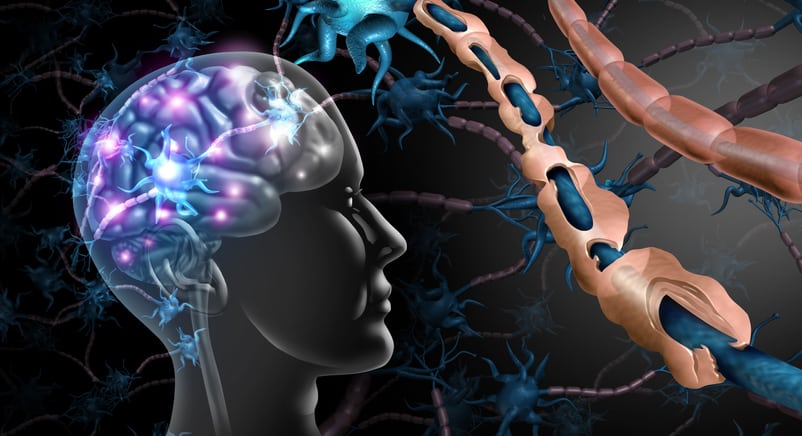Mast cells (MCs) has been recognized as an effector of inflammation or a trigger of inflammatory factors during stroke. LJ529 was reported to attenuate inflammation through a Gi protein-coupled Adenosine A3 receptor (AR) after ischemia. Here, we aim to study the protective effect and its mechanism of LJ529 in subarachnoid hemorrhage (SAH) rat model for mast cell-related inflammation.
155 Sprague-Dawley adult male rats were used in experiments. Endovascular perforation was used for SAH model. Intraperitoneal LJ529 was performed 1 h after SAH. Neurological scores were measured 24 h after SAH. Rotarod and morris water maze tests were evaluated for 21 days after SAH. Mast cell degranulation was assessed with Toluidine blue staining and Chymase/Typtase protein expressions. Mast cell-related inflammation was evaluated using IL-6, TNF-α and MCP-1 protein expressions. MRS1523, inhibitor of GPR18 and ε-V1-2, inhibitor of PKCε were respectively given intraperitoneally (i.p.) 1 h and 30 min before SAH for mechanism studies. Pathway related proteins were investigated with western blot and immunofluorescence staining.
Expression of AR, PKCε increased after SAH. LJ529 treatment attenuated mast cell degranulation and inflammation. Meanwhile, both short-term and long-term neurological functions were improved after LJ529 treatment. Administration of LJ529 resulted in increased expressions of AR, PKCε, ALDH2 proteins and decreased expressions of Chymase, Typtase, IL-6, TNF-α and MCP-1 proteins. MRS1523 abolished the treatment effects of LJ529 on neurobehavior and protein levels. ε-V1-2 also reversed the outcomes of LJ529 administration through reduction in protein expressions downstream of PKCε.
LJ529 attenuated mast cell-related inflammation through inhibiting degranulation via A3R-PKCε-ALDH2 pathway after SAH. LJ529 may serve as a potential treatment strategy to relieve post-SAH brain injury.
Copyright © 2021. Published by Elsevier Inc.
LJ529 attenuates mast cell-related inflammation via AR-PKCε-ALDH2 pathway after subarachnoid hemorrhage in rats.


